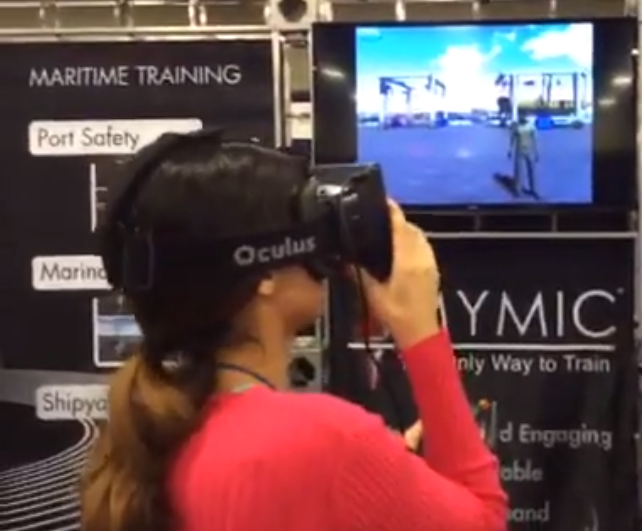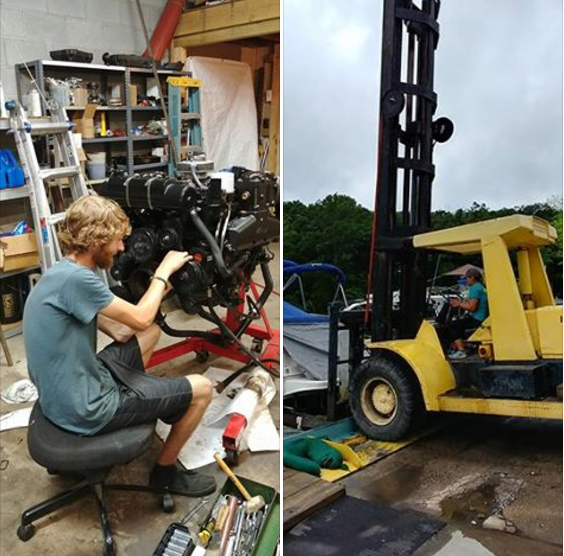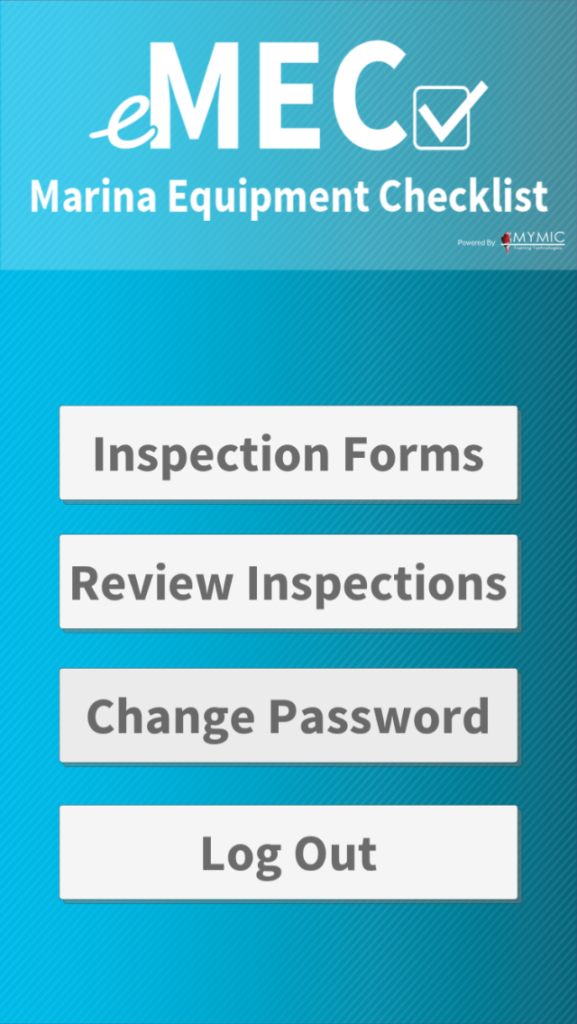
Training the Next Generation of Workers
Published on September 1, 2017A common theme at many of the marine related conferences, trade shows or state association meetings revolves around finding the next generation of boating consumers. Statistics show that the industry is challenged with a consumer base that has an average age in the mid-fifties. A similar challenge that often receives much less consideration is finding the next generation of workers.
Marine industry employees can mostly fit into two categories: the year-round employee that has been in the industry for a significant number of years and the seasonal employee that has very little experience other than a summer on the fuel dock. In an industry that seems to have a small pool of talented, highly skilled employees, how will the marina of the future replace an aging workforce, while maintaining cost and customer service? The first step is to begin to recruit, develop and retain that next generation of workers immediately.
Recruiting
Educating the non-boating crowd about the opportunities is critical. Guidance counselors, teachers and parents often push children to pursue college options. In many cases, these influencers are unaware of the opportunities in the marine trades. The industry should have a focus promoting the types of jobs, types of skills, types of technology used, and the value of being a highly skilled worker in this industry.
The Marine Trades Association of Maryland has a program designed to tackle the development of the future workforce. With a grant from the State of Maryland, The Marine Trades Industry Partnership (MTIP) allows employers and educators to work together to build a sustainable workforce for the marine trades. The goal is to increase awareness of viable career pathways in the marine industry via a comprehensive marketing and outreach campaign and then to place young people at the start of their career in six-week on-the-job training positions with partner employers.

The ideal candidates for the MTIP program will be high school or GED completers, who are 18-24 years of age, physically capable and enjoy being on/near water. Due to the multitude of alternative career pathways available in the marine industry, the program tries to maximize exposure to these job opportunities by engaging the younger workforce in entry-level positions that provide exposure to successful marine industry businesses and their existing workforce.
Susan Zellers, executive director for the Marine Trades Association of Maryland stated, “The program, in its third year, has been extremely successful. We have over 50 employers in the partnership, a testimony to the need for the program. Our biggest challenge has been the recruitment of motivated young people. We like to say that this is an opportunity to earn while you learn; something that college can’t offer. Unfortunately, schools push hard for more school, and parents push hard for college making our recruitment efforts quite challenging. We work hard to show that jobs that teach you how something works are amazing confidence builders, and that confidence and the nice salary that can come along with working in the marine trades, can take you wherever you want to go.”
Development
A number of recent studies showed most American businesses spend between $500 to $1,000 per employee annually for training and development. In many cases, outside of formalized training courses provided by manufacturers or other educational organizations, many employers in the marine industry lack a formal training program, which will become a barrier for recruiting new employees. In order to develop a new workforce, programs will need to be developed to meet the needs of a younger generation of workers.
As the current generation enters the workforce, for the first time, we have new employees that have grown up with technology. From an early age, these new employees have always known the internet, apps, tablets, smartphones, or other devices. The training programs of the past will not work for these new tech savvy workers. With this generation, many of which have grown up playing high quality video games, employers should consider the behaviors learned in the gaming world and leverage those behaviors in the workplace. Think about it. The average video game player spends 80 to 85 percent of their time in the game experience failing. The player fails to reach a next level, fails to acquire resources to continue the game, or fails to solve the puzzle correctly. In almost all cases, these players immediately hit the “reset” button and try again. How can employers leverage that behavior to improve workplace training experiences? How do employers turn failure into a resiliency for new learning? The answer lies within the types of training programs available.
The next generation of worker will expect the next generation of training. Virtual worlds, augmented realities, smartphone apps, and interactive experiences are some of the training tools that will be demanded by the next generation of worker. Rick Chapman at Port of Sunnyside Marina in Stillwater, Minnesota, deployed MYMIC’s smartphone app this year to manage his company’s daily inspections and maintenance on their forklift and Travelift. When asked about his employees embracing new technologies, Rick said, “Before this software, our forklift inspections just didn’t get done and there was no accountability. Since we started using the inspection checklist app, my crew has never missed an equipment inspection. That is the power of this software.”

Rick Droter manages Suntex Marina’s Pleasure Cove location in Pasedena, Maryland. Rick’s team is also using the equipment app. Rick said, “Using the app from MYMIC has allowed us to streamline the equipment inspection process in a way that’s saved us a lot of time and money. It has prevented problems with misfiled or misplaced binders or illegible notes. Tracking inspections and maintenance for multiple pieces of equipment has been simplified. Using the app, we discovered a cracked rim on a forklift that, had it gone unnoticed, could have ended in disaster.”
As noted in the previous testimonials, employees are ready, willing, and able to embrace the power of new technologies. Leveraging these types of technology will bring a tremendous benefit to the marine industry. For example, augmented realities make it possible for a service tech to troubleshoot, replace or repair parts, and dismantle engines before ever turning the first wrench. In the augmented reality world, the employee would use a device that allows the user to see the engine. Within the device, the engine would be overlaid with schematics, directions, or other information relevant to the required service function. With the next generation of workers, training will be radically transformed. Using virtual worlds and augmented realities, employees will be able to learn and master new skill sets much more rapidly and much more cost effectively.
Retaining Employees
As managers, it becomes difficult to understand the nuances that come with a changing workforce. Baby Boomers, Gen X, Gen Y and Millennials are terms that make most managers cringe. At the end of day, regardless of a changing workforce, one element will still hold true. In most cases, employees do not leave a job, they leave a manager. Managers will need to adapt and change to the changing workforce. The generation that “lived to work” is now “working to live.” The marine industry will be challenged with this new outlook since the job often requires weekend and holiday work. Managers will need to be creative to find the perks that satisfy the younger employee and more often than not, this may not be tied directly to compensation.
Robert Smith is director of Marine Safety Programs for MYMIC Training Technologies in Portsmouth, Virginia. He can be reached at Robert.smith@mymic.net or by phone at 757/589-5391.
| Categories | |
| Tags |




